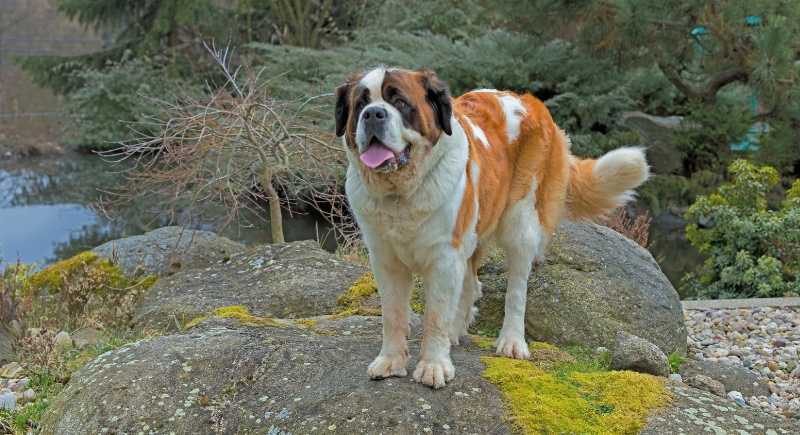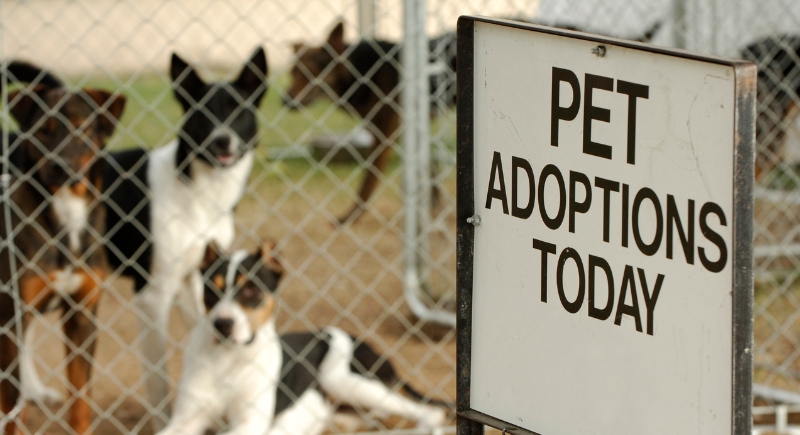Meet Lola the Big Goofy Dog Who Just Wants Someone to Cuddle With
Lola is a 90-pound mixed-breed dog, four years old, and finally ready to come inside. She’s spent most of her life outdoors, but lately she’s been trading the yard for the couch and learning how to settle into a home.
She’s gentle and still figuring things out, but she’s trying her best. With a little patience, she’ll become the kind of dog who just wants a warm spot nearby and someone to sit beside.
Transitioning Into a New Chapter of Her Life

Image via Canva/Stefan Botezatu’s Images
Lola spent much of her life outdoors, without the comfort of a home. She wasn’t raised on couches or around kitchen tables. Her world was open air, with little guidance. That history shapes how she approaches new environments, but it hasn’t limited her. Now four and a half years old, Lola is starting to experience indoor life and is handling it well.
She’s under the care of SPCA Florida, where she’s showing progress with leash manners, house training, and social behavior. She enjoys long walks and has a clear enthusiasm for anything involving water, such as ponds, shallow pools, or sprinklers.
Treats and toys help guide her attention, and she prefers calm companionship. Affection is on her terms, and she communicates clearly through body language. SPCA Florida has already prepared her for adoption, and she’s ready to continue her next chapter with someone who understands patience and consistency.
Adoption Requires Long-Term Planning and Patience

Image via Getty Images/ DIGITALproshots
But before you can bring home Lola or any other pup, for that matter, it is important to know what a serious responsibility it is. Dogs live for years and depend entirely on their guardians for everything. Before adopting, it’s necessary to assess time, space, and finances. A new dog needs more than a bowl and leash. In fact, it requires attention, training, and structure. Many dogs, especially those from shelters, may feel overwhelmed in new environments, which means patience is essential. Routines help them adjust, but they also need time to process change. Adopters should be ready to let go of expectations and meet the dog where it is. The goal isn’t immediate perfection, but long-term comfort and stability.
Also, families should talk through who’s responsible for daily tasks like feeding, walking, and vet appointments. Dogs are long-term commitments, so keep in mind that planning and communication before the adoption increases the chance of a successful match, one where both the dog and the adopter feel secure.
The First Few Weeks Will Shape Your Dog’s Comfort
The initial transition into a new home sets the tone for everything that follows. Dogs like Lola may take longer to settle, especially if they’ve never lived indoors. This is why creating a stable environment early on helps reduce stress. That means consistent feeding and walking schedules, structured downtime, and clear boundaries.
Crate training may also support that transition, while offering a safe space when the dog feels uncertain. Any training introduced during this period should be based on positive reinforcement. Yelling or punishing only increases anxiety and delays progress.
Instead, reward calm behavior, provide gentle guidance, and give the dog a chance to figure things out at their own pace. Visitors, noises, and even other pets should be introduced gradually. The adjustment period varies, but during those first 30 days, most dogs begin to show their personalities once they feel safe. That’s where real bonding starts to take hold.